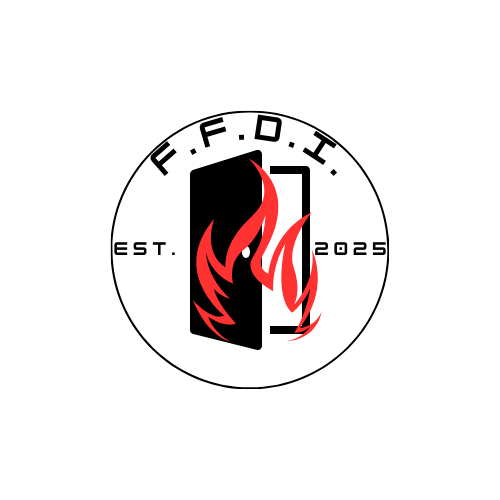The Importance of Fire-Rated Hardware in Commercial Buildings
When it comes to commercial buildings, safety and security are of the utmost importance. Among the many aspects of building safety, fire protection stands as a critical component. One essential yet often overlooked aspect of fire protection is fire-rated hardware. From doors and frames to locks and hinges, fire-rated hardware plays a vital role in preventing the spread of fire and ensuring occupant safety.
What is Fire-Rated Hardware?
Fire-rated hardware refers to building components specifically designed to withstand high temperatures and prevent the spread of fire for a designated period. These components, which include fire-rated doors, hinges, locks, closers, and exit devices, undergo rigorous testing to meet safety standards set by organizations such as UL (Underwriters Laboratories) and NFPA (National Fire Protection Association).
Why is Fire-Rated Hardware Important?
Life Safety: Fire-rated hardware helps contain fires, providing crucial time for building occupants to evacuate safely. Without these protective measures, fire and smoke can spread rapidly, leading to higher risks of injury or loss of life.
Code Compliance: Most commercial buildings must adhere to local and national fire codes, which often require the installation of fire-rated doors and hardware. Failure to comply can result in legal liabilities, fines, and increased risks in case of a fire emergency.
Property Protection: Fire-rated hardware helps limit fire damage to specific areas, reducing the extent of structural damage and protecting valuable assets within a building. This can significantly minimize repair costs and business downtime after a fire incident.
Insurance Benefits: Many insurance companies offer better coverage or lower premiums to buildings equipped with proper fire-rated hardware. Ensuring compliance with fire safety regulations can help businesses save on insurance costs while improving overall safety.
Key Components of Fire-Rated Hardware
Fire-Rated Doors: These doors are constructed to withstand fire for a specific duration, usually 20 to 90 minutes, depending on their rating.
Self-Closing Hinges and Door Closers: Ensures that fire doors automatically close and latch, preventing the spread of flames and smoke.
Panic Bars and Exit Devices: Facilitate quick and safe egress during emergencies.
Fire-Rated Locks and Latches: Maintains security while being resistant to high temperatures and fire exposure.
Conclusion
Fire-rated hardware is an essential investment for any commercial building, ensuring safety, code compliance, and property protection. By installing high-quality fire-rated doors, locks, and other hardware, building owners and facility managers can significantly reduce the risks associated with fire incidents. Prioritizing fire safety not only safeguards lives but also helps maintain the integrity of the property and ensures peace of mind for everyone within the building.
